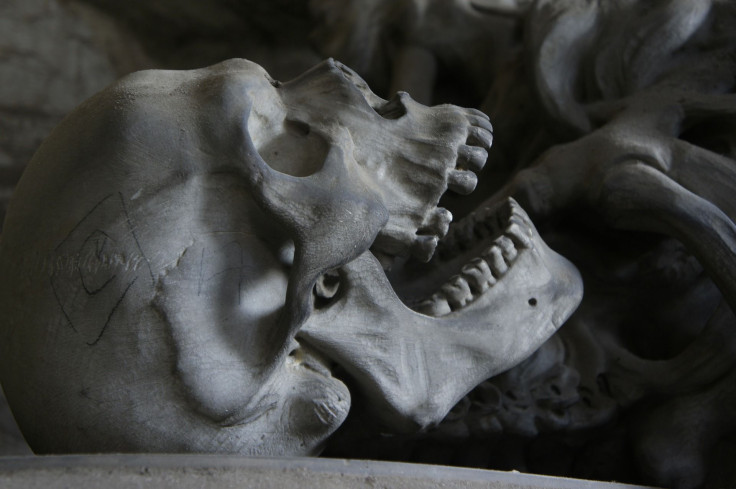Bubonic Plague May Have Been Dormant In Europe For Centuries, Challenging Idea It Was Continuously Reintroduced From Asia

For most people, bubonic plague is a horror confined to the pages of history books. We learn in grade school that the 1300s were ravaged by the plague and, for most, that’s the last we hear about it. But we now know this isn’t true; various outbreaks have occurred on a smaller scale since as recently as the 1990s, and isolated cases have popped up within the last couple of years. There were also several pandemics of plague spanning history post-Black Death, and it’s very likely they were caused by the same bacteria.
A new study suggests one way in which Yersinia pestis, the bacteria that causes plague, could have persisted long-term in Europe between the 14th and 17th centuries — it suggests the bacterium remained in Europe in an unknown reservoir, rather than being continuously re-introduced from Asia. The new research was published in PLOS One by Lisa Seifert from Ludwig Maximillian University of Munich Germany, and her team.
Some scientists disagree about the role of Y. pestis in the plague pandemic that occurred after the infamous Black Death. Some thought it may have been the result of a viral disease, but the most recent research on ancient plague has suggested it existed millennia earlier than previously thought. In the latest study, Seifert and her colleagues recovered and examined ancient DNA from plague victims who died during the second pandemic. The victims were excavated from two different German burial sites, and their deaths spanned 300 years.
Of the 30 skeletons that underwent testing, eight showed positive results for Y. pestis-specific nucleic acid. All of the individuals who tested positive were highly similar to previously analyzed plague victims from various other European countries, and had identical Y. pestis genotypes. The study suggests that a possible persistence of Y. pestis in Europe long-term may have contributed to multiple waves of plague during the second pandemic, challenging the idea that Asian reintroduction was the only cause. The precise host, referred to as possible “rodent plague reservoirs,” however, remains unclear.
Research has continued on Y. pestis since it was identified as the cause of the bubonic plague. Scientists have identified the precise mutation that allowed the bacteria to survive in the gut of fleas, looked at the virulent strains around in modern times, and how exactly the bacteria is transferred from animals to humans.
Source: Seifert L, Wiechmann I, Harbeck M, Thomas A, Grupe G, Projahn M, et al. Genotyping Yersinia pestis in Historical Plague: Evidence for Long Term Persistence of Y. pestis in Europe from the 14th to the 17th Century. PLOS ONE. 2016.
Published by Medicaldaily.com



























